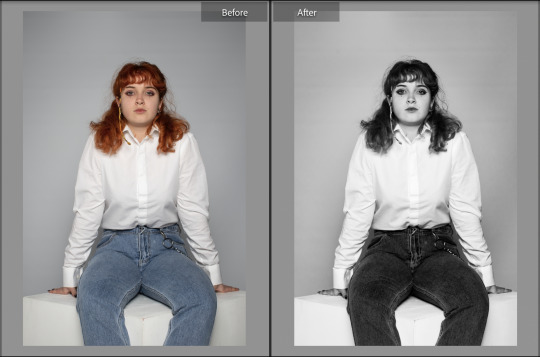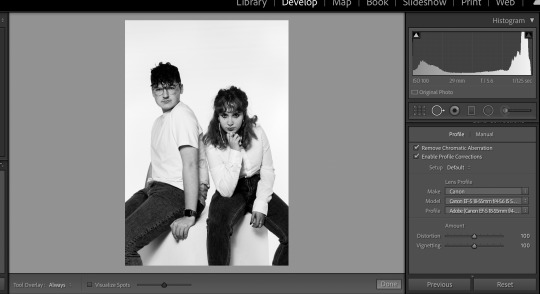Don't wanna be here? Send us removal request.
Text
COP26 - IMAGES
https://spark.adobe.com/page/A3oyQWIu198zp/
5 notes
·
View notes
Text
KEYWORDS, COPYRIGHTS AND METADATA
https://helpx.adobe.com/lightroom-classic/help/keywords.html
https://creativepro.com/right-way-to-assign-metadata-to-photos-in-lightroom/
https://www.youtube.com/watch?v=j5ekpu8F5_E
https://www.youtube.com/watch?v=NPjQnMy1BG4
0 notes
Link
THE MASKED CITY - PHOTOJOURNALISM TASK 1 AND 2 - ADOBE SPARK
1 note
·
View note
Text
THE MASKED CITY - PHOTOJOURNALISM - DOROTHEA LANGE - RESEARCH (2)
https://www.moma.org/artists/3373#works





0 notes
Text
THE MASKED CITY - PHOTOJOURNALISM - ROBERT CAPA - RESEARCH (2)
"If your photographs aren't good enough, you're not close enough"
https://www.magnumphotos.com/photographer/robert-capa/






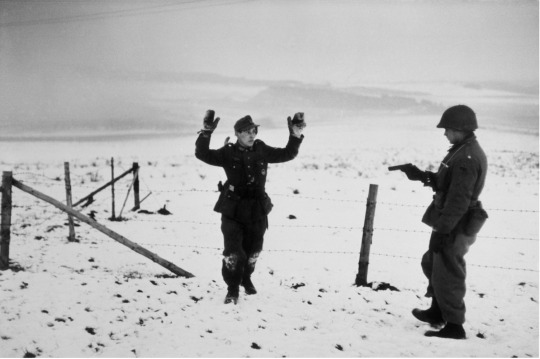


0 notes
Text
THE MASKED CITY - PHOTOJOURNALISM - RESEARCH (1)
Photojournalism is a form of journalism which tells a news story through powerful photography which traditionally are black and white images. While a journalist will use their pen and paper to tell stories, a photojournalist will use their camera to capture the visual representation of a story.
Most of us are familiar with the old adage “a picture is worth a thousand words”. Well this is the theory behind photojournalism. News publications are willing to pay top dollar to those photojournalists who can capture the most dramatic images on film or their CCD chip.
Photojournalism began with the first pictures of war published in newspapers during the Crimean War and the American Civil War. However even at this time, the image was only there to enhance the text, not lead the story.
It wasn’t until the development of the smaller, lighter 35mm cameras and flashbulbs of the 1920s that a ‘Golden Age’ of Photojournalism really took hold. The likes of Cartier-Bresson presented candid images of their life and times.
The rise of the photo-essay and the magazines Life, Vu and Picture Post, responded to the greater demand for images of news stories and allowed photojournalism to blossom. Better inks and papers for magazines meant full-page image spreads, allowing the image to tell the story, rather than the small engravings in the newspapers of previous decades.
Photojournalism differs from other forms of photography (e.g. documentary photography, street photography or celebrity photography) by its need to remain honest and impartial.
KEY PHOTOJOURNALISTS FROM HISTORY
Robert Capa - This photojournalist is best known for his war coverage. Capa was keen to get up close and personal with the action, though this ultimately cost him his life. He was a co-founder of Magnum Photos and some of his shots remain the most famous in the world.
Matthew Brady - Known as the father of war photography, Brady had to get permission from Andrew Lincoln to go and photograph the Civil War for Harper’s Weekly. His heavy, clunky equipment meant he could not easily get into the action, but he was always quick to cover soldiers in camps and the aftermath of battles. His images were so early that they could only be printed as engravings in the magazine at first.
Dorothea Lange - her portrait of a migrant mother is said to be one of the most seen photographs of all time. She took this and many other shots while documenting American migrants and the poor, which was seen as a work of social awareness at the time.
Henri Cartier-Bresson - a man whose influence is felt in almost all spheres of photography, Cartier- Bresson was also considered one of the fathers of photojournalism. His style, which often involved walking around cities to see what he could capture, combined the artful framing of the flaneur with current events and clever social commentary.
Albert Eisenstaedt - a sailor bends a nurse backward as he plants a kiss on her in Times Square. Eisenstaedt was there at many moments of cultural importance in the forties, fifties, and sixties – and beyond.
Their work, along with many other photojournalists have educated millions of people on various social injustices that happen around the world.
https://www.adobe.com/uk/creativecloud/photography/discover/photojournalism.html
0 notes
Text
WHITE SHIRTS - BEFORE/AFTER FINAL IMAGES




1 note
·
View note
Text
STREET STYLE - THE SARTORIALIST - RESEARCH (3)
https://www.thesartorialist.com/page/16/




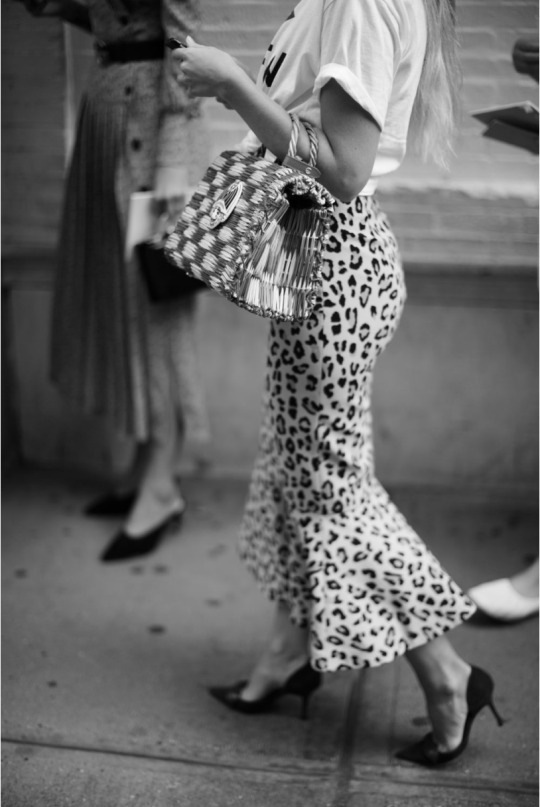

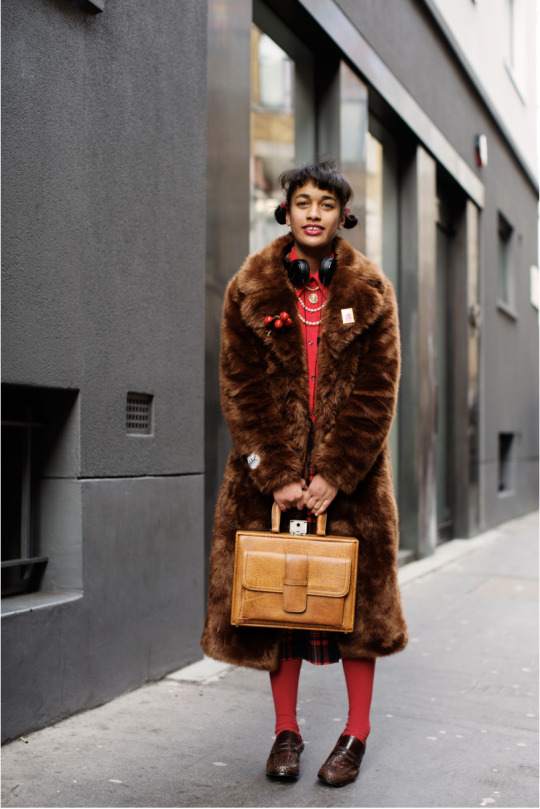


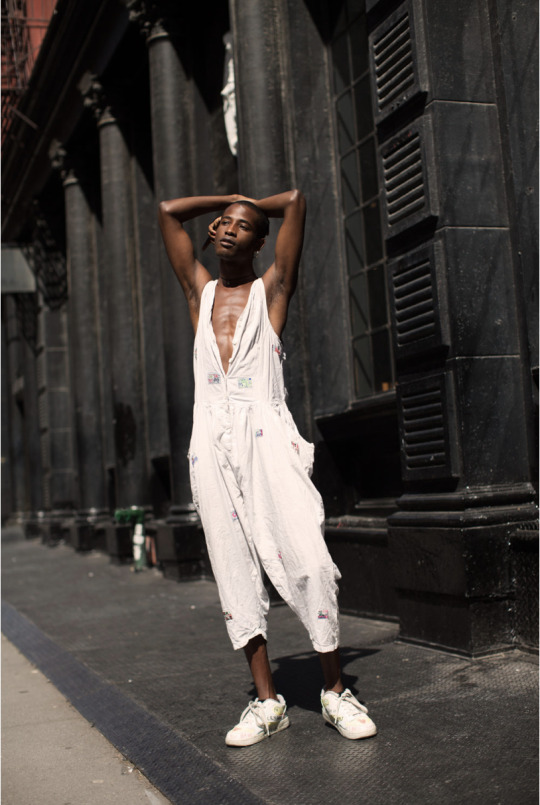



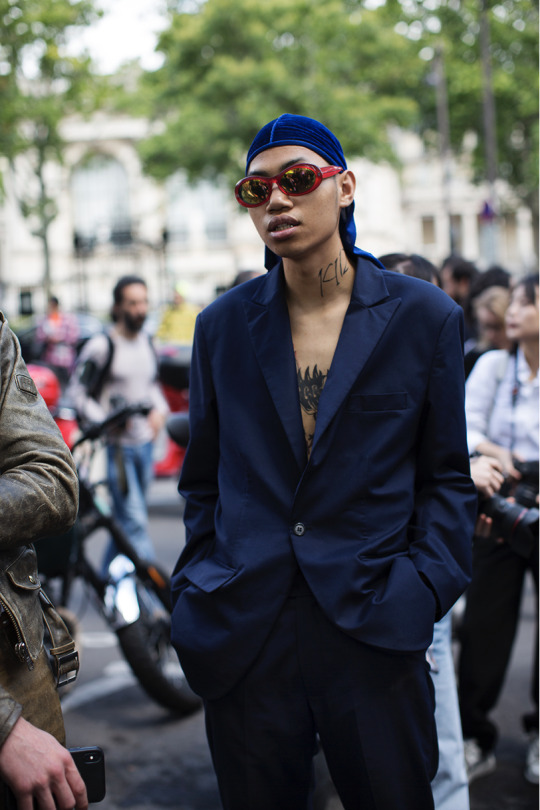



0 notes
Text
STREET STYLE - RESEARCH (2)
EDWARDIAN FASHION
The Sartorialist might be a big name in street fashion photography these days, but snapping impromptu photos of the latest clothing trends is nothing new. Over a century ago, a photographer named Edward Linley Sambourne did the same kind of photography on the streets of London and Paris using a concealed camera. His images form a beautiful historical record of what people wore that deviates from what people typically think of when they hear “Edwardian fashion“.
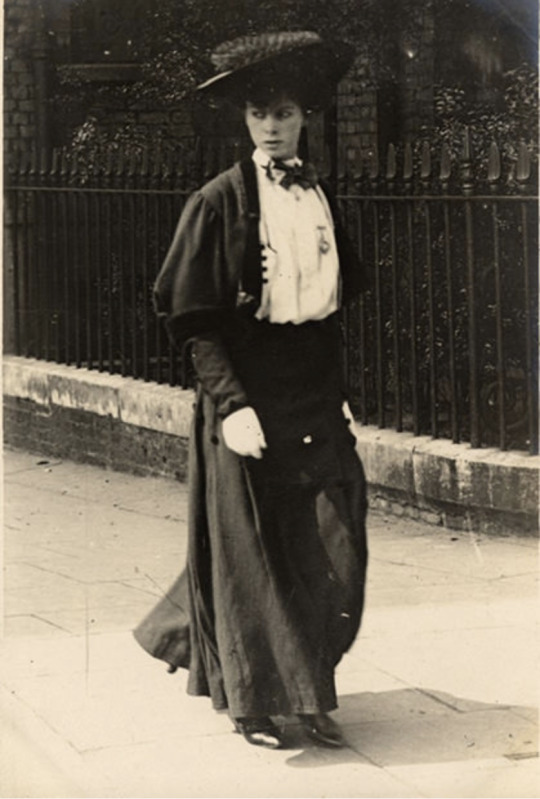




0 notes
Text
STREET STYLE - RESEARCH (1)
STREET FASHION PHOTOGRAPHY
Street style imagery has become an indispensable part of a thriving Facebook business page. It already plays a huge role in the editorial strategies of successful fashion e-commerce brands. For those unfamiliar with the term, it is essentially a form of photography which captures fashionable people out and about or on-the-go. The allure of such photographs comes from the fact these images are both relatable and aspirational, with the average person able to replicate these looks with items that are within their grasp. The biggest drawcard is that it puts these products and styles into a real-life context - the one thing that editorial shoots and overly polished product images lack.
4 things to consider during street fashion photography:
Location
Lighting (exposure)
Approaching to the model
Make it comfortable
THE SARTORIALIST
For nearly two decades, Scott Schuman, the American photographer behind the famed lens of The Sartorialist, has captured the stylish heartbeat of New York City and beyond. Schuman was early to both blogging and street-style photography, and his work ushered in a new dialogue about capital-F Fashion and its relationship to daily life. Sometimes that meant posed photos of sharply dressed folks during Fashion Weeks. Other days it meant simple candid shots of naturally stylish New Yorkers going about their everyday lives. Either way, The Sartorialist managed to capture the attention of the fashion world at large.
Schuman, who has been living in New York for three decades, has seen the city through its share of ups and downs. He can still recall what Manhattan felt like after the September 11 attacks, when he made the decision to leave his steady job in sales to try his hand at photography.
Schuman’s blog soon gained popularity with the fashion industry, building momentum, which would see the site enter the general public’s awareness. The title, “The Sartorialist”, loosely translating to “well done”, is the guiding philosophy behind Schuman’s approach to capturing street style – highlighting originality in outfit composition as a means to commend the individual as the main objective. His early images sparked the interest of his hometown friend, Angela Ahrendts , head of Burberry at the time, who tapped Schuman to shoot trench coats for a Burberry campaign in 2009. Schuman’s photos and blog came to the attention of Dirk Standen , editor of Style.com, who commissioned the photograph to take street style photographs of the fashion packs congregating at fashion weeks across the globe. His first editorial shoot was for the British Elle, soon raising his profile so much so, that his photos became instrumental in promoting the career of up-and-coming fashion industry trendsetters, such as Anna Dello Rosso, editor-at-large of Vogue Japan.
Schuman has been featured in GQ Magazine where he was given his own page, to shoot and edit, in every issue for over three years, as well as work appearing in Vogue Italia, Vogue Paris, Esquire and Interview Magazine. Schuman has also been commissioned to work on advertisements for companies including Burberry, Gant by Michael Bastian, DKNY Jeans and Nespresso; the photographer himself appeared in a GAP campaign in 2008.
An anthology of his images was published in 2009 byThree volumes of his book series, “The Sartorialist” have been published by Penguin, picked up by stockists such as Net-a-Porter and since then has soldhave sold over 100,000 copies. His work resides in the permanent collections of the Victoria & Albert Museum, The Tokyo and the Tokyo Metropolitan Museum of Photography and the National Portrait Gallery. In 2018, the Getty Museum staged an exhibition on 100 years of fashion photography, featuring Schuman’s work among others. .
Schuman also tried his hand at design, collaborating with the Italian menswear label, Sutor Mantellassi on a limited-edition shoe collection showcased at the Florence Pitti Uomo show in 2015.
In 2012, Schuman won the CFDA media award with then girlfriend and prominent French street-style photographer,Schuman has been dating the prominent French street-style photographer and illustrator Garance Doré since 2008. In 2015, the couple announced an amicable break-up on social media. Schuman is now engaged to Jenny Walton, who was also appointed as illustrater and fashion director of The Sartorialist. Schuman also announced the upcoming release of a travel book on style in India, Africa and South America.
0 notes
Text
WAIT FOR IT - THE DECISIVE MOMENT - HENRI CARTIER-BRESSON - RESEARCH (2)
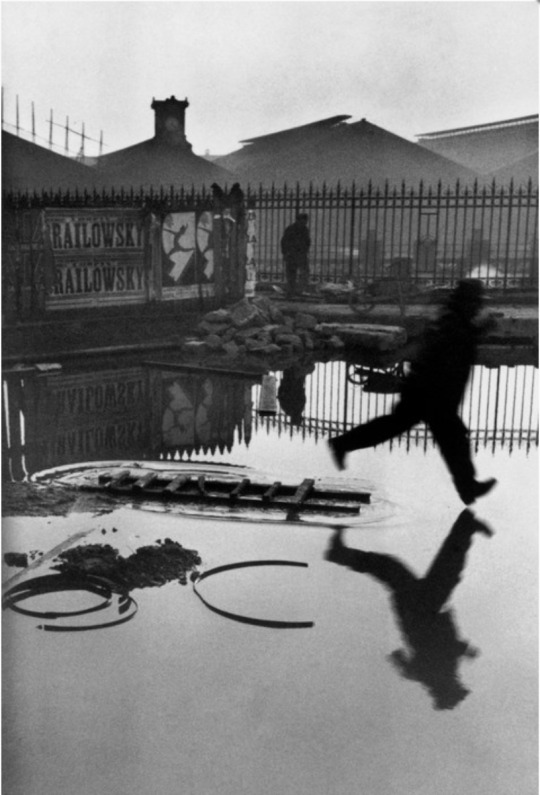













0 notes
Text
WAIT FOR IT - THE DECISIVE MOMENT - RESEARCH (1)
THE DECISIVE MOMENT
“Photography is the simultaneous recognition, in a fraction of a second, of the significance of an event as well as of a precise organisation of forms which give that event its proper expression.”
This famous formulation of the essence of photography can be found in the introduction to Cartier-Bresson's 1947 book 'The Decisive Moment'. He began photographing seriously in the 1930s, influenced by the Surrealists and their understanding of the camera's ability to create a new reality. The book is divided into two chronological and geographical sections: the first spans the years 1932 to 1947 and is made up of photographs taken in the west; the second spans 1947 to 1952 and was shot mostly in the east. Cartier-Bresson was obsessed with form and composition, with the aesthetics of photography. His images are momentary glimpses of reality but organised into a geometric pattern.
So, the decisive moment is a concept popularized by the famed French street photographer and photojournalist Henri Cartier-Bresson. Throughout the 20th century, as smaller, more mobile cameras became available to photographers, the possibility of capturing real, unstaged, and genuinely honest pieces of life lead Henri Cartier-Bresson to build on the concept of the decisive moment.
And even though this concept has emerged from street photography, it can be employed in every other genre. With every movement and moment, be it someone walking down the street, a baseball being caught, or two lovers saying goodbye at an airport, there will always be a split-second that encapsulates the entire scene’s meaning. Too early or too late and it is missed. These decisive moments are always popping into existence before disappearing.
Photography is often conceived of as a time-based medium. The camera, unlike our eyes, has the ability to freeze time, to take a slice of out of the ongoing flux of life, to select and frame a moment so that we can return to it and explore its details. Of course, this isn't the only way to think about photography but it's a powerful and important concept about the way photographic images work and how they alter our sense of reality.
TIMING AND ANTICIPATION
Photographers pay close attention to the timing of a scene and practice their anticipation skills. Get to know your subjects, their movements, and their behaviours to anticipate and predict when a decisive moment is coming.
COMPOSITION
The scene has to have the correct light exposure, which is reliant on the time of day. Other elements in scene are going to need to provide a focus towards the specific moment, movement, and general expression that is going to create the decisive moment.
PATIENCE AND INTUITION
One technique that many photographers employ is setting themselves in an environment with the right composition, waiting for a subject to walk by. Studying scenes and practicing predicting what comes next builds intuition for knowing when the moment will arrive.
MEANING AND EMOTION
At the core of any photograph, the meaning separates an amazing (but meaningless) image from a truly decisive moment. Making sure that there is a meaningful element in frame, one that makes a statement or inspires and expresses a core emotion, is the crux of the decisive moment. Meaning is best found in actions, and meaningful action occurs all around us every day.
PLAY WITH MOTIONS
Because decisive moments are found in movement and action, playing around with the portrayal of motion in images to be an amazing way of capturing the energy and pace of the subject - do this by using fast or slow shutter speeds.
https://truecenterpublishing.com/photopsy/decisive_moment.htm
0 notes
Text
WHITE SHIRTS - FINAL IMAGES
1. LOCATION


2. STUDIO


1 note
·
View note
Text
WHITE SHIRTS - CONTACT SHEETS - STUDIO (2)





0 notes
Text
WHITE SHIRTS - CONTACT SHEETS - STUDIO (1)






0 notes










